Cover Gallery: The Armed Forces
In celebration of Armed Forces Day, we share our favorite covers featuring the brave people who served our country.
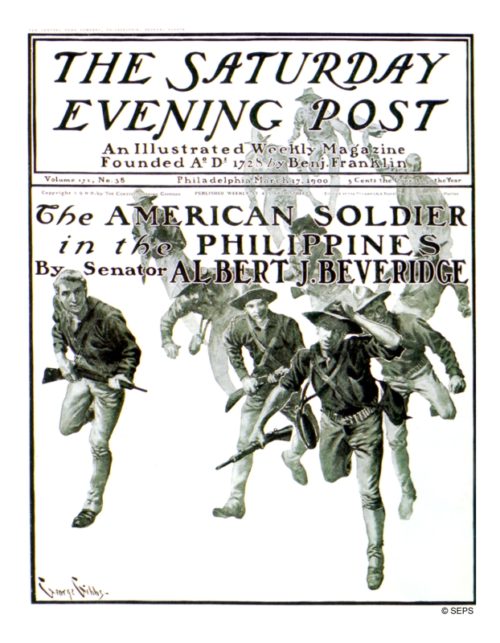
March 17, 1900
George Gibbs
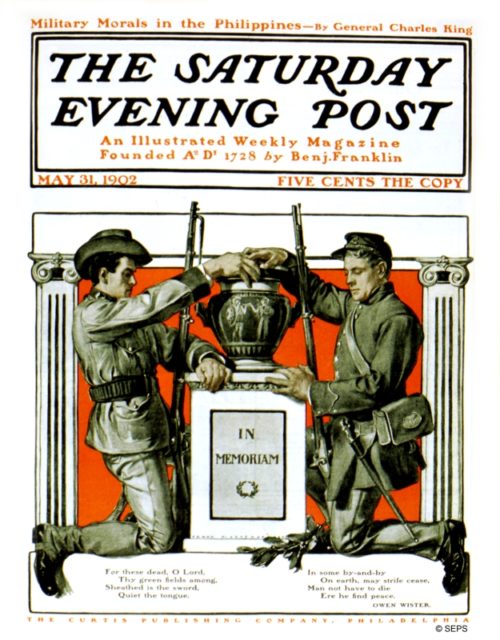
May 31, 1902
Frank X. Leyendecker
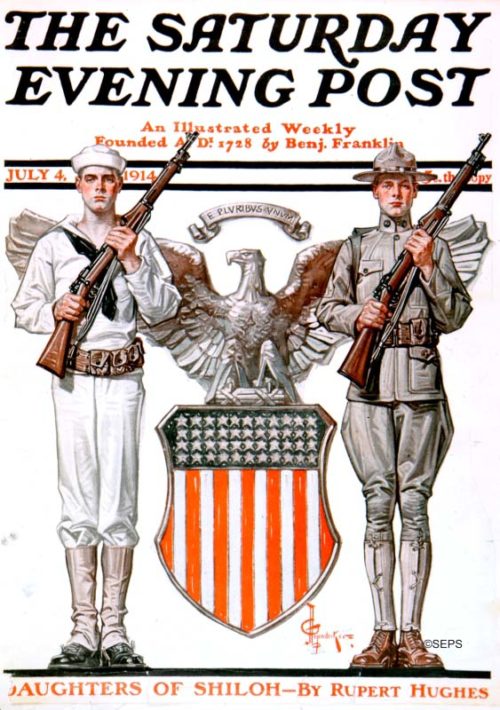
July 4, 1914
J. C. Leyendecker
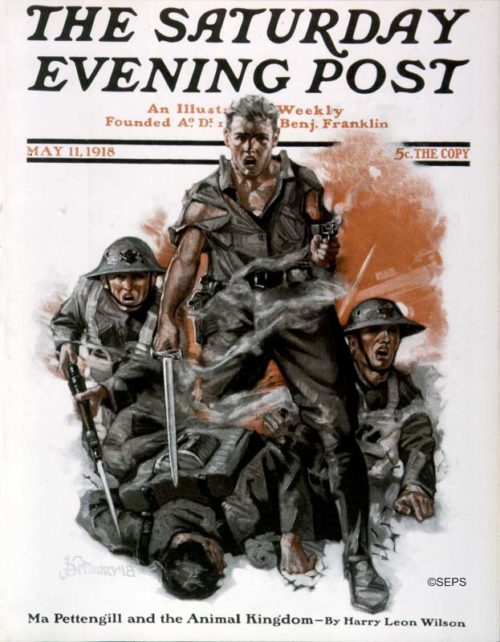
May 11, 1918
Julian De Miskey
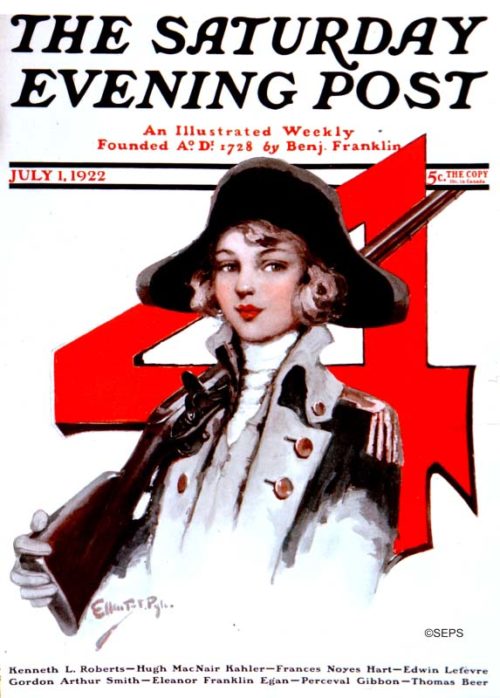
July 1, 1922
Ellen Pyle
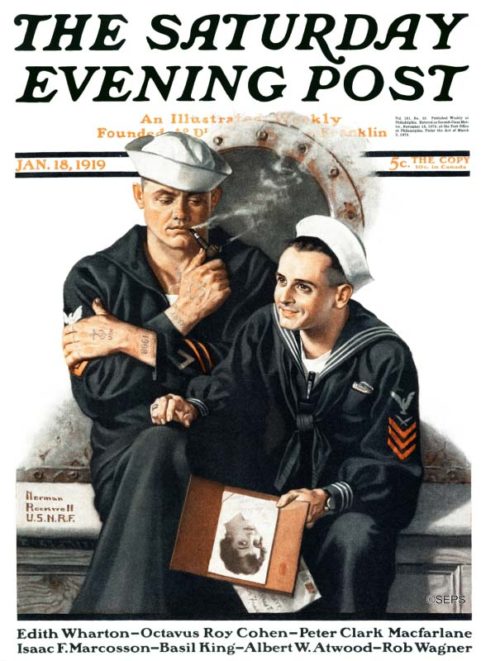
January 18, 1919
Norman Rockwell
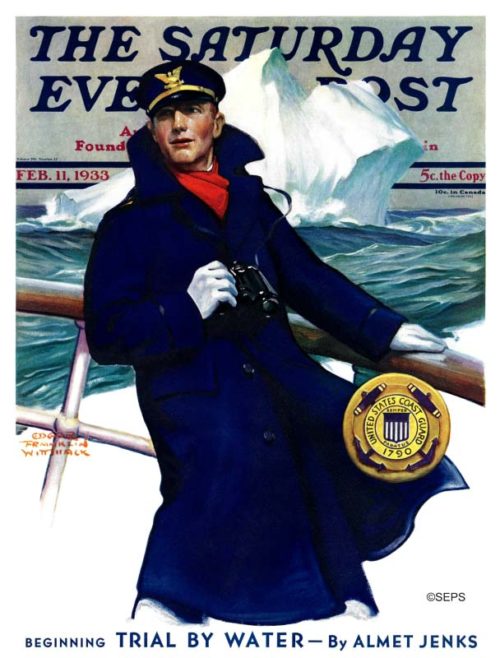
February 11, 1943
Edgar Franklin Wittmack
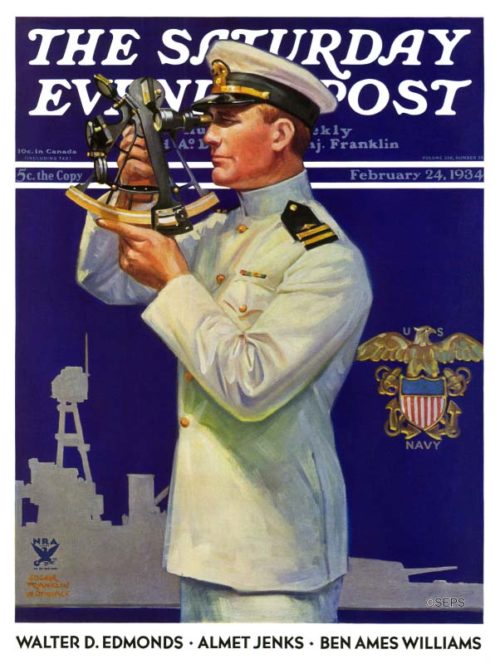
February 24, 1934
Edgar Franklin Wittmack
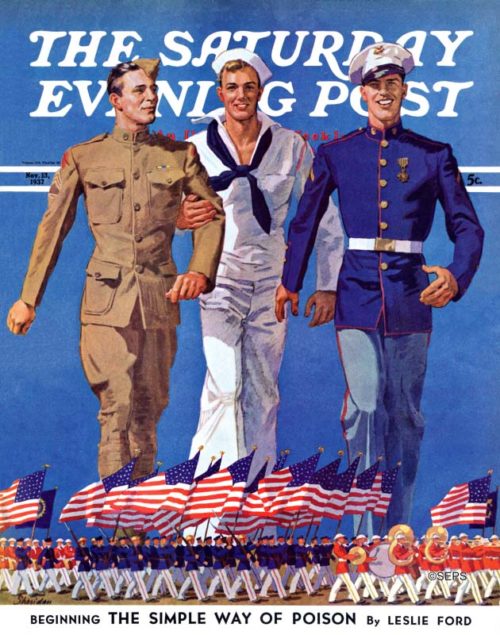
November 13, 1937
John E. Sheridan
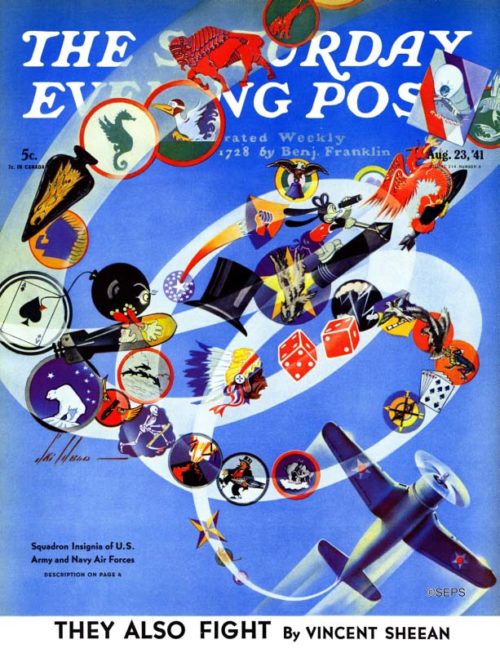
August 23, 1941
Ski Weld
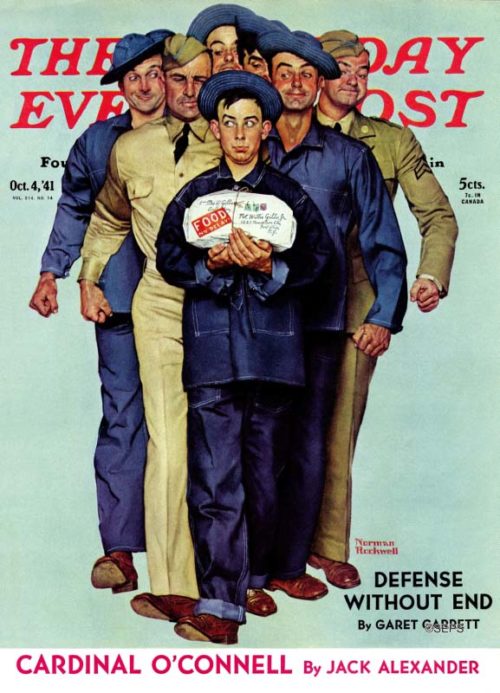
October 4, 1941
Norman Rockwell
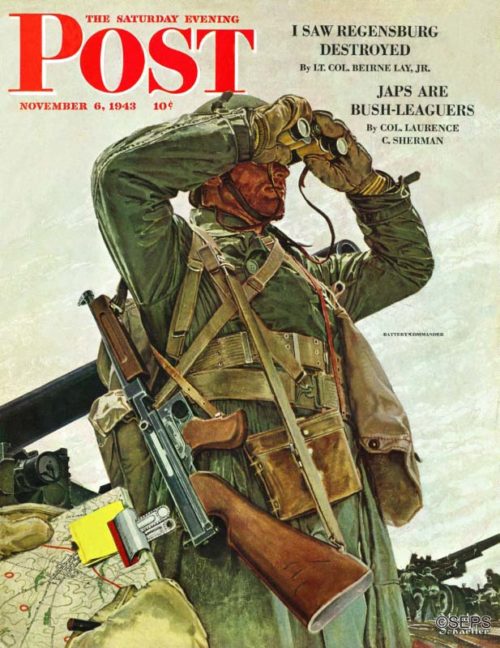
November 6, 1943
Mead Schaeffer
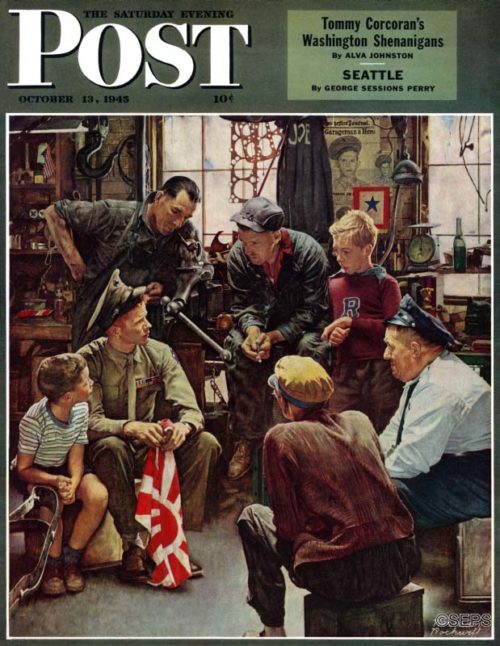
October 13, 1945
Norman Rockwell
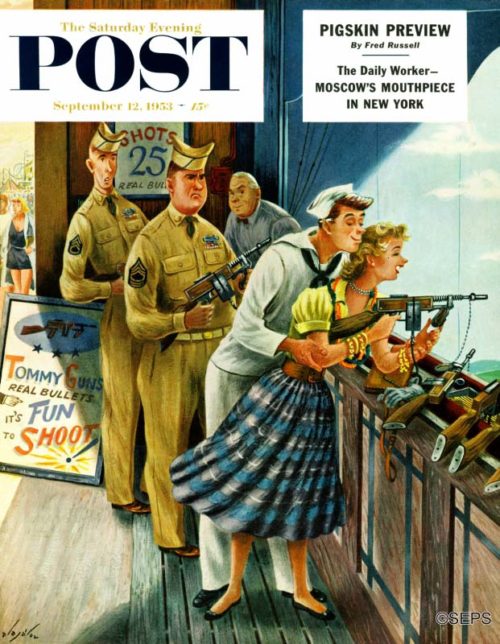
September 12, 1953
Constantin Alajalov
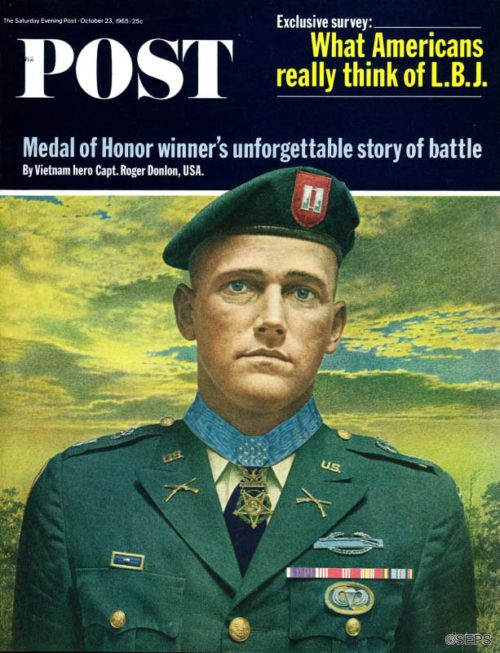
October 23, 1965
Jean L. Huens
Cover Gallery: Take Flight
America has always been in love with the concept of flight. From the first bi-planes to futuristic bombers, these Post covers fly you through a short history of aviation.
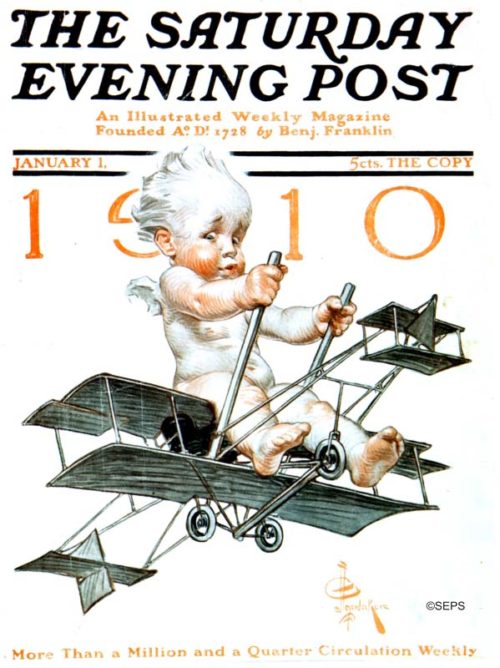
By J.C. Leyendecker
January 1, 1910
J. C. Leyendecker painted numerous “Baby New Year” covers, which often narrated the issue of the day: The 1910 baby flew a new-fangled bi-plane. The 1912 baby carried a “Votes for Women” sign. And 1914’s tot cruised the soon-to-be-opened Panama Canal. The worried face of our bi-plane baby reflects the trepidation many had about this brand-new mode of travel.
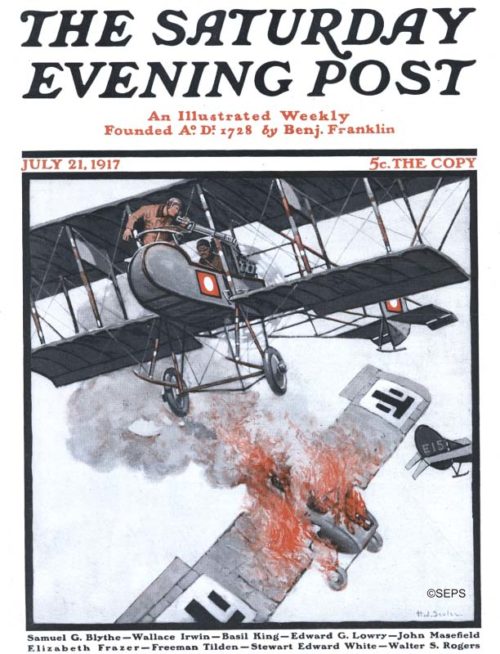
Henry J. Soulen
July 21, 1917
This dramatic aerial scene from a World War I dogfight depicts the moment of victory. Air combat was extremely rare at the beginning of the first world war. Although there was some tactical use of planes during the war, they were mostly used for reconnaissance. Over the course of the war, air battles evolved from grenades to handheld firearms, and eventually machine guns. The victorious plane has a pusher configuration, where the propeller is located behind the pilots. This solved the problem of the propeller interfering with the gunner’s line of sight.
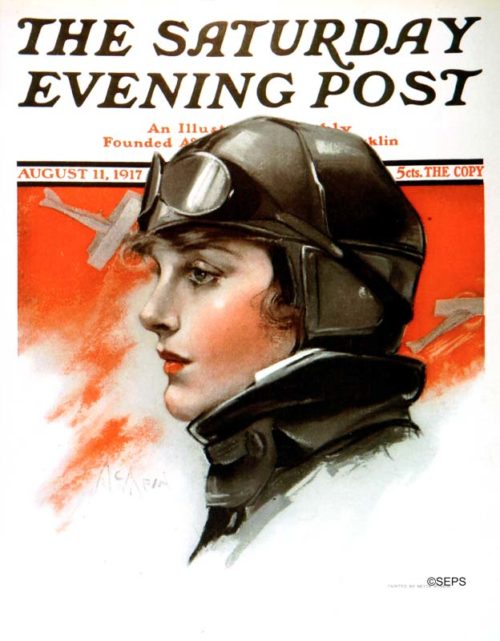
Neysa McMein
August 11, 1917
Neysa McMein got her start as an illustrator during World War I, travelling across France with Dorothy Parker to entertain the troops. She is known for creating the “Betty Crocker” image for General Mills, but this cover, as well as her inclusion in the Algonquin Roundtable, suggests a life that was perhaps more progressive than the fictional Mrs. Crocker’s.
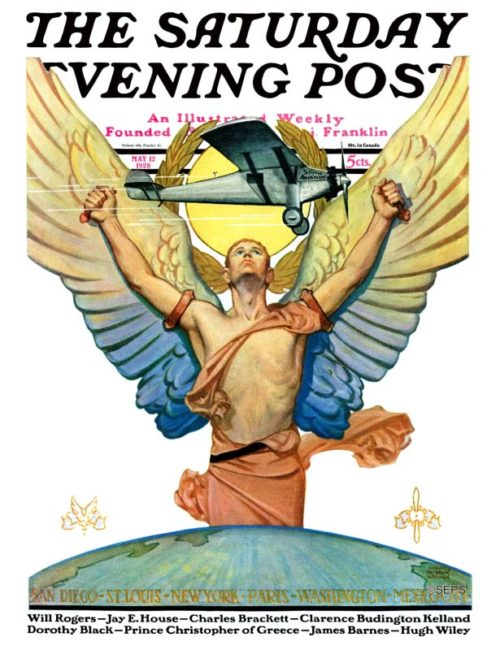
Edgar Franklin Wittmack
May 12, 1928
Edgar Franklin Wittmack was one of the top magazine cover illustrators from the 1920s to the 1940s, whose resume would include 22 Post covers. Wittmack’s covers often featured manly men — cowboys, mariners, Mounties, and movie stars —striking a jaunty pose for the portraitist. This ethereal, deco-style illustration was somewhat of a departure from his other Post covers.
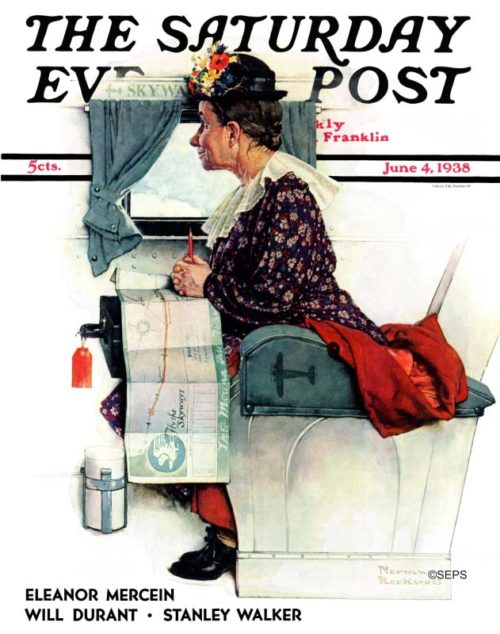
Norman Rockwell
June 4, 1938
Although this Rockwell illustration doesn’t feature a plane’s exterior, we couldn’t help but include this charmer. This eager first-time traveler gazes out the window, the route painstakingly traced out on her “Fly the Skyways” map. The rich narrative quality of the scene is the hallmark of Rockwell’s most compelling images.
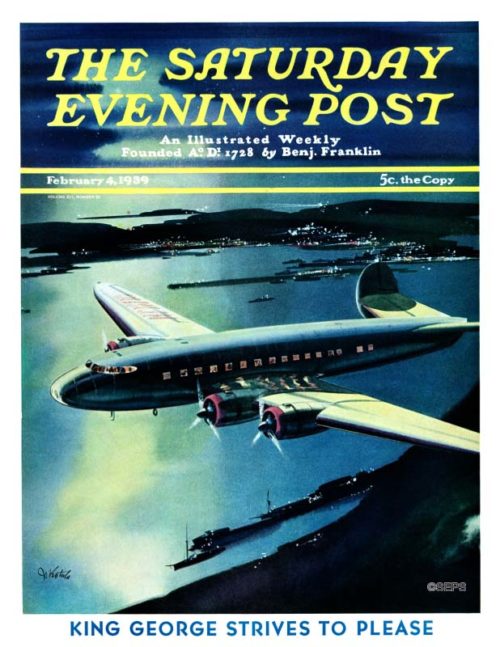
By Josef Kotula
February 4, 1939
This dramatic night scene is the only cover Josef Kotula painted for the Post. Kotula was known for his futuristic aviation and spaceship illustrations.
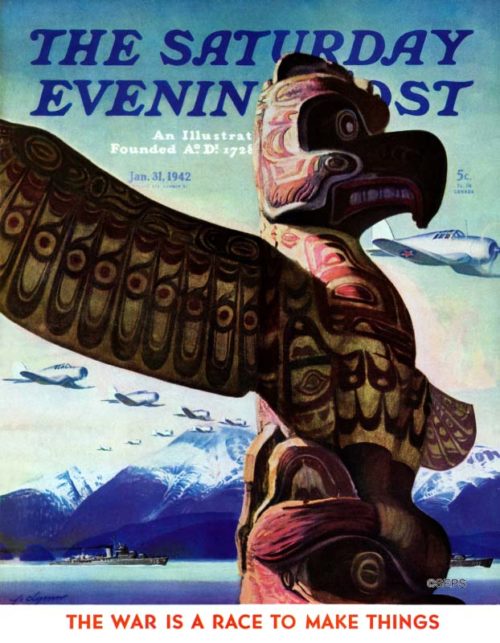
John Clymer
January 31, 1942
The U.S. had just entered World War II, and Clymer dramatically illustrated America’s commitment to protecting its Pacific shores. Both warships and planes glide across the dramatic backdrop of the Alaskan frontier, as the totem pole stands guard in the foreground, ever vigilant for invaders.
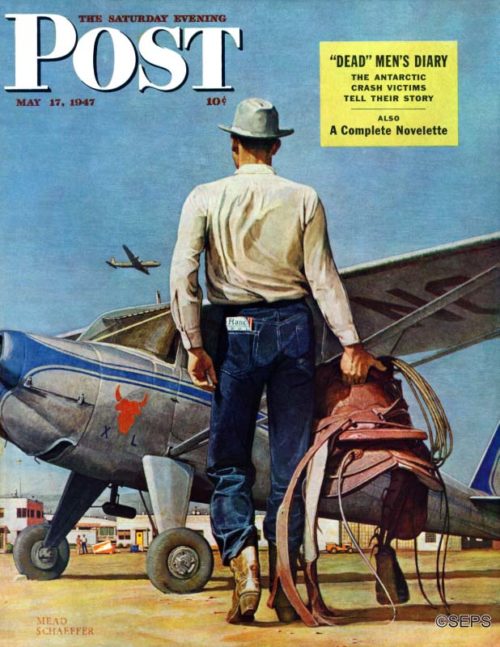
Mead Shaeffer
May 17, 1947
“The cowboy carrying his pet saddle to his plane is an everyday sight in the West,” artist Mead Schaeffer wrote when he delivered this painting. “Many a rancher lives in town and commutes to his ranch or ranches by air. The tableland makes landing fields all through the West, and because of the long distances involved, the West takes to planes the way the East take to cars. Many a business engagement, even luncheon engagements, are kept this way.” One of the flying ranchers, Lee Bivins, was Schaeffer’s model. The background is the airport at Amarillo, Texas.
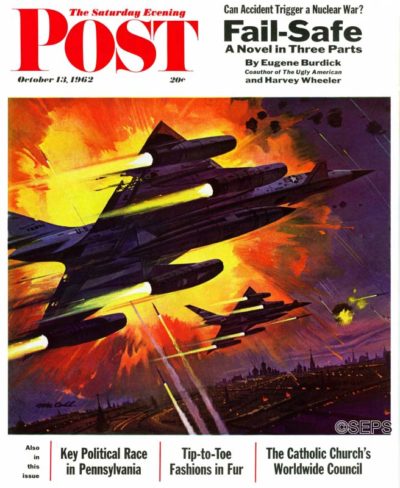
Robert McCall
October 13, 1962
This cover by Robert McCall accompanied a serialization of the book Fail-Safe, which described what might happen if a communications breakdown should cause nuclear-armed bombers to fly past their point of recall. The illustration depicts American bombers approaching Moscow, which is more obvious when one sees the two-page fold-out cover in its entirety. The Post editors wrote, “Accidental warfare is a valid subject for consideration in these cold-war days, and we would do well to keep in mind the grave problems facing the President—and all of us—in keeping the peace.”
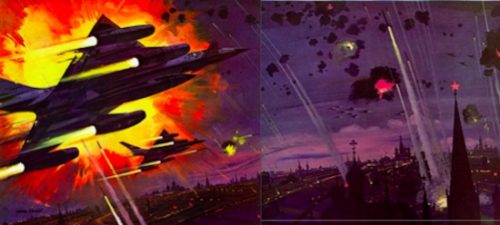
Be Very Afraid…
A large shadow lurks…a cat screeches…and is that a ghoul or just the crazy neighbor trying to scare us? Halloween covers through the years have given us delicious scares!
What’s That Noise? by Frederick Stanley
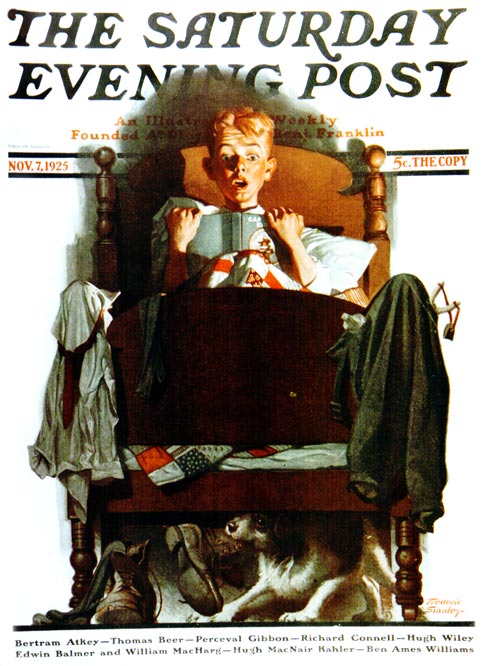
Frederick Stanley
November 7, 1925
What’s that noise? Maybe a book about Captain Kidd isn’t the best bedtime reading. Has Johnny gotten to the part where Kidd is executed for piracy? Could that be the sound of the hangman’s gallows he hears? The clopping sound of a wooden leg? Hopefully, Johnny will discover, sooner rather than later, that Fido is under his bed chomping on his shoes.
Halloween, 1926 by Edgar Franklin Wittmack
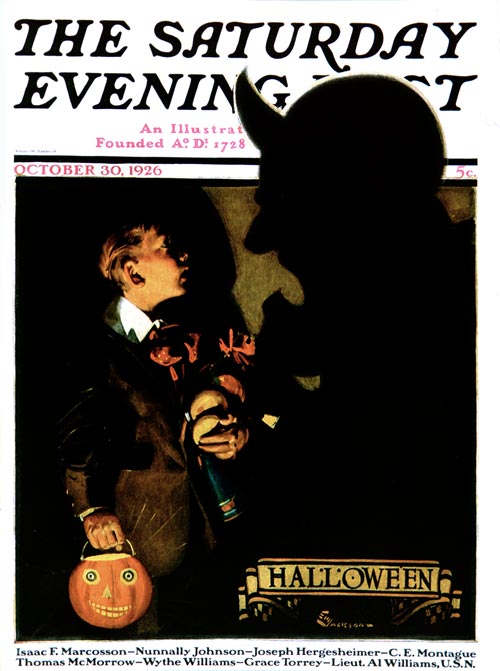
Edgar Franklin Wittmack
October 30, 1926
It’s Halloween 1926. You’re dressed up in your finest and on your way to a friend’s party. It’s very, very dark out. And frankly, we don’t know what that shadow is, but we have one piece of advice for this young man: vamoose!
Halloween Scare by Frederic Stanley
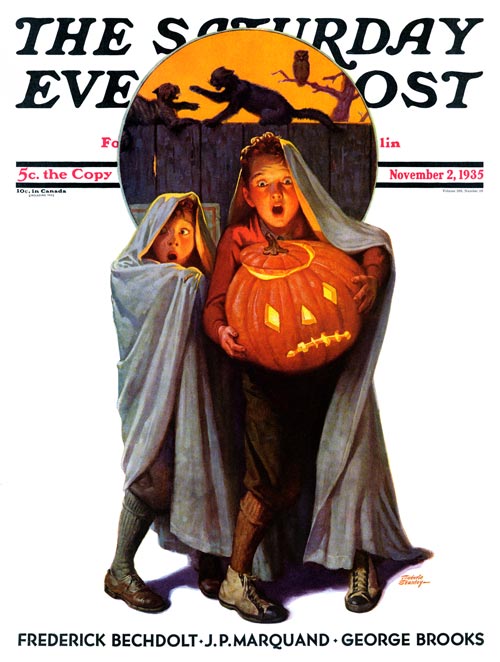
Frederic Stanley
November 2, 1935
If you’re ever felt the dank chill of an October night and then heard the bloodcurdling screeching of cats, you know it’s scary. Frederick Stanley did seventeen Post covers and was great at showing kids being scared.
Witch’s Mask by Charles Kaiser
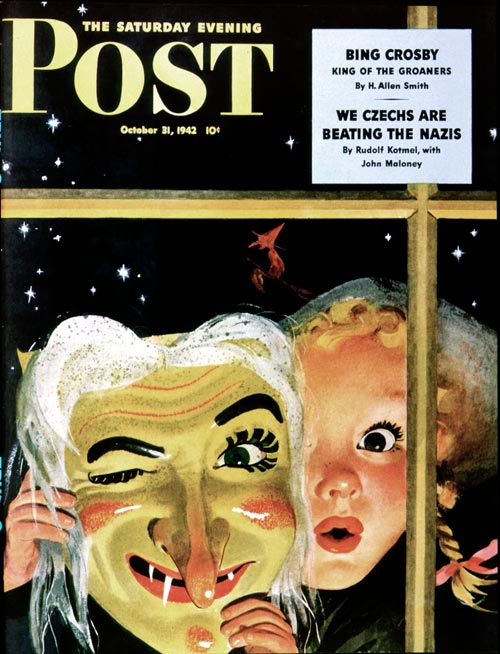
Charles Kaiser
October 31, 1942
The little girl wanted to see what her witch’s mask look like in the dark window, but we think she’s managed to scare herself. Wait a minute…was the mask winking before?
Tricking Trick or Treaters by Amos Sewell
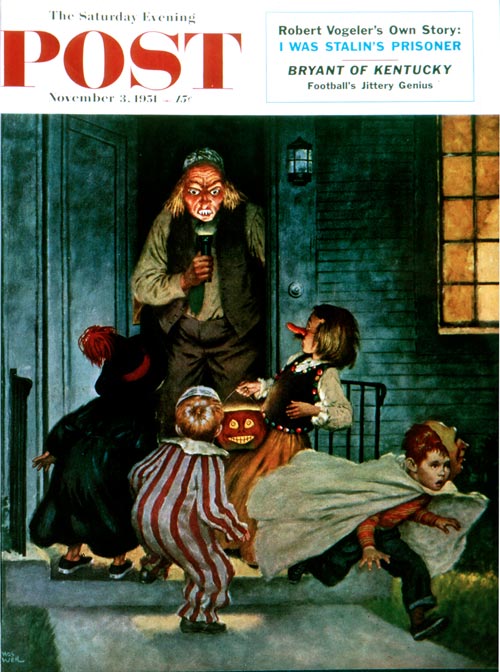
Amos Sewell
November 3, 1951
There’s one in every neighborhood – the guy who jumps out of a makeshift coffin or poses as a scarecrow only to leap to life as trick-or-treaters walk by. Sure, we little goblins are fleeing now, but it’s guys like you, mister, who drive us to bars of soap or rolls of toilet paper.
Halloween by Norman Rockwell
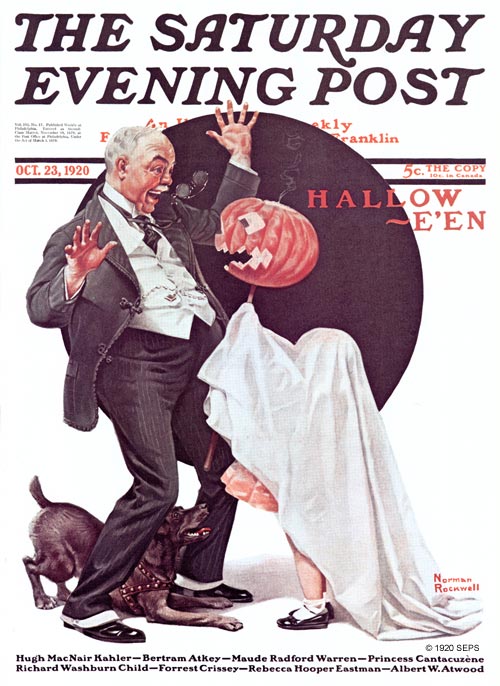
Norman Rockwell
October 23, 1920
Grandpa is very afraid. There’s a leering jack-o-lantern coming at him and if you look closely, you’ll see it’s wearing a little dress and shiny Mary Jane shoes. Speaking of shoes, I dig the spats on gramps. I know this 1920 Norman Rockwell cover is more cute than scary, but who can resist it?